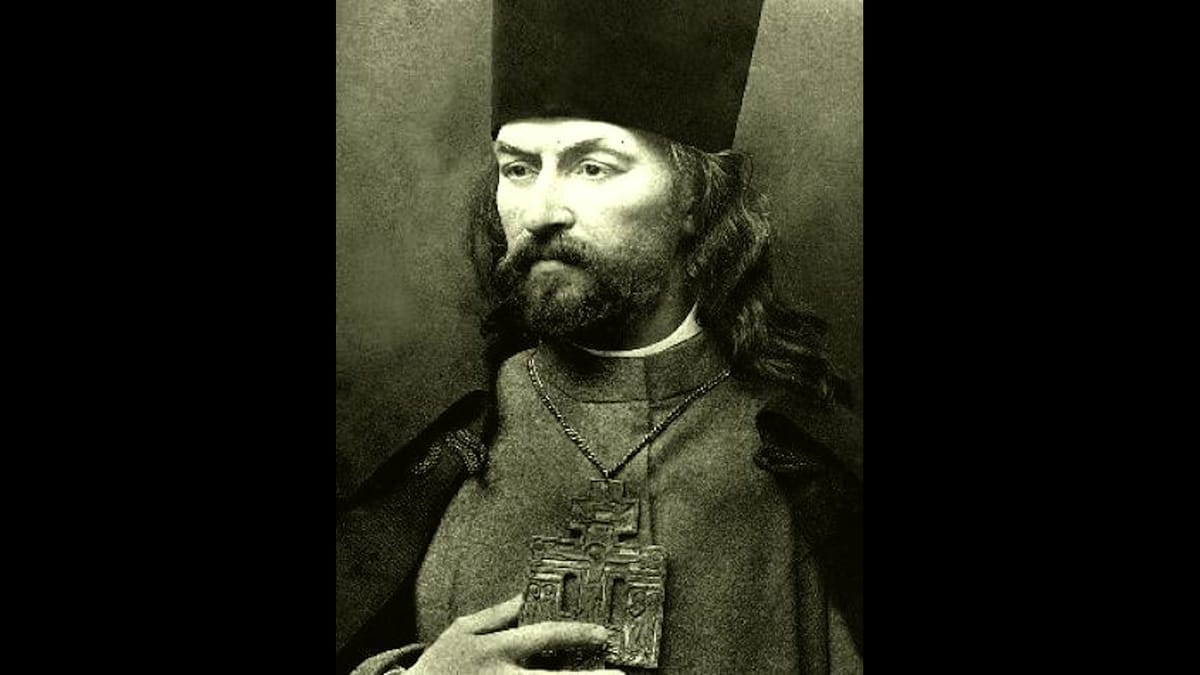“Bloody Sunday’s” Father Gapon: the agent who provocateured too much.
The story of a priest mixed up in the Russian Revolution demonstrates just how confusing history can sometimes be.

January 22, 1905, was the day of the infamous “Bloody Sunday” of Russian history. (Though the dates line up, it’s not exactly 120 years ago this week; Russia was still using the old Julian calendar at that time). On that day a large group of disaffected workers, students and clergy tried to storm the Winter Palace, one of the many lavish residences of the Tsar of Russia, Nicholas II, who ironically wasn’t home at the time. One of the leaders of this march was an Orthodox priest, Father Georgii Gapon, an idealistic 34-year-old clergyman who was morally outraged by the deprivation of the workers of Russia and idealistically dedicated to getting the Tsar’s government to institute reforms. Gapon drafted a petition to give to Nicholas and led a throng of unemployed workers to deliver it. The imperial troops reacted exactly the way you’d expect: they fired on the crowd, killing a large number of them. The outrage sparked by this massacre—and various other uprisings in Russia—later led, in October, to the Tsar agreeing to modest reforms, including a Duma, the Russian parliament. This has gone down as the “Revolution of 1905,” though as revolutions go it was incomplete.
There was, however, one thing about Father Gapon that might strike the modern reader as strange: he was an agent working for the Okhrana, the Tsar’s secret police. Thus, he led a revolt against the very government in whose employ he was.


